It’s always in and out of the rumor mill, so I decided to attend a Board of County Commissioners meeting jointly between Teton County Wyoming and Idaho – Grand Targhee is an inholding in Wyoming surrounded by National Forest, but accessed from Driggs, Idaho.
Teton County Idaho’s Rob Marin gave an overview of the expansion proposal plans which included:
– A new lift North of Blackfoot to supplement the existing Blackfoot lift, and a new lift South of Dreamcatcher to supplement the Dreamcatcher lift.
– A proposed restaurant at the top of the Dreamcatcher lift with 6,000 square feet of space, including 3,000 square feet of open deck.
– A proposed restaurant at the top of the Sacagawea lift with 6,500 square feet of space, including 2,000 square feet of open deck.
– An additional phase, referred to as the “Mono Trees,” which includes approximately 6,000 acres of expansion below the recently installed Colter lift, as well as additional expansion South of the Colter lift referred to as the “South Bowl” expansion.
– Tree grading (or removal) and snowmaking, which would be a first for Grand Targhee.
– Converting the main Dreamcatcher open lift to a gondola hybrid AKA “chondola”.
The revised expansion proposals have come on the heels of the recently installed Colter lift which was previously designated as a cat skiing area. Concerns expressed by those on the Idaho side included water consumption for snow making and wildlife migration in the proposed Mono Trees and South Bowl expansion areas. Teton County, Idaho also expressed support of Grand Targhee Resort as an economic partner, but affirmed concerns about the scale of the proposal and its impacts. The largest public concerns included wildlife, scenery, traffic and parking, social economic impacts such as housing, labor supply and public services as well as recreation impacts including those impacts to backcounty skiing.
A link to the county meeting can be found here.
